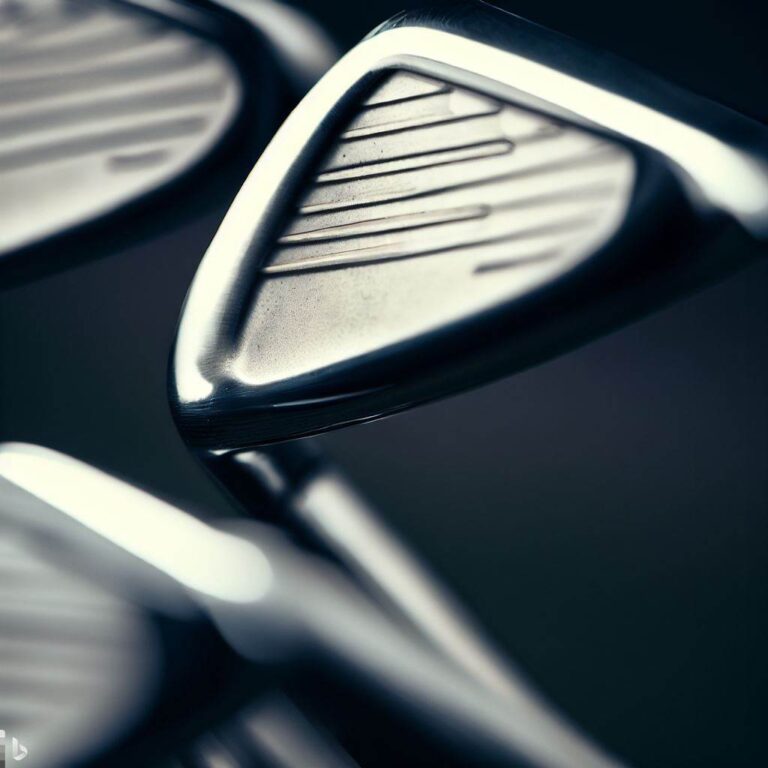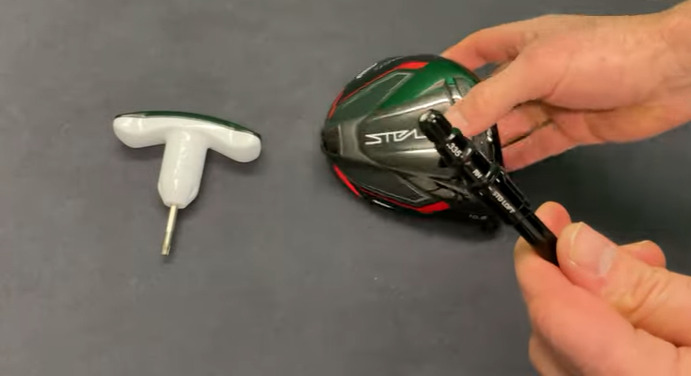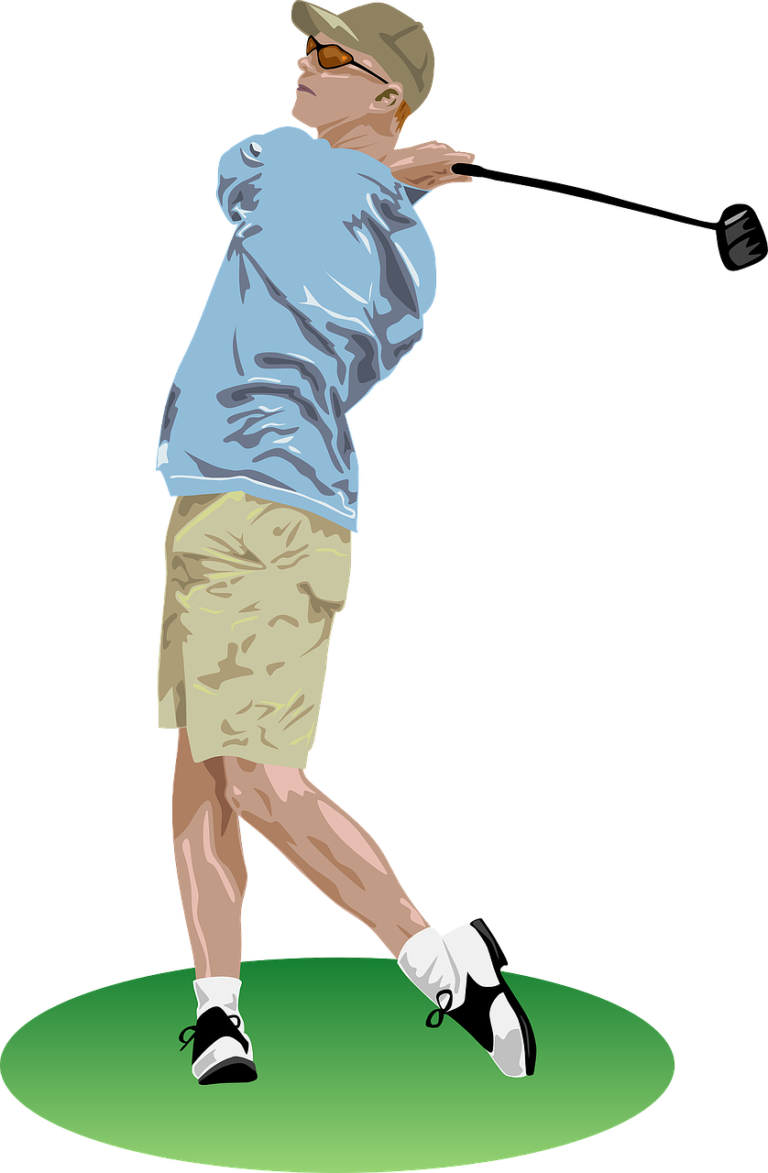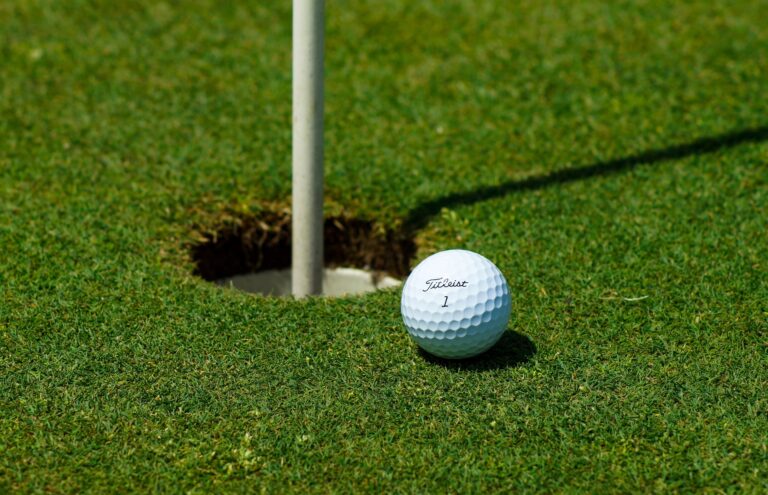What does it mean to get fitted in golf?
Getting fitted for golf clubs can greatly improve a golfer’s game. When a golfer uses clubs that are not properly fitted, they may struggle with consistency, accuracy, and distance.
A proper fitting can help a golfer find the right club length, shaft flex, and clubhead design to match their swing. This can lead to an increase in ball speed, better ball flight, and more accurate shots.
So, What does it mean to get fitted in golf?
Getting fitted in golf refers to the process of tailoring golf clubs to match your unique swing characteristics, body measurements, and playing style.
It involves a comprehensive evaluation of various factors such as club length, loft, lie angle, shaft flex, grip size, and clubhead design to ensure that the clubs you use are optimized for your game.
The Golf Club Fitting Process.
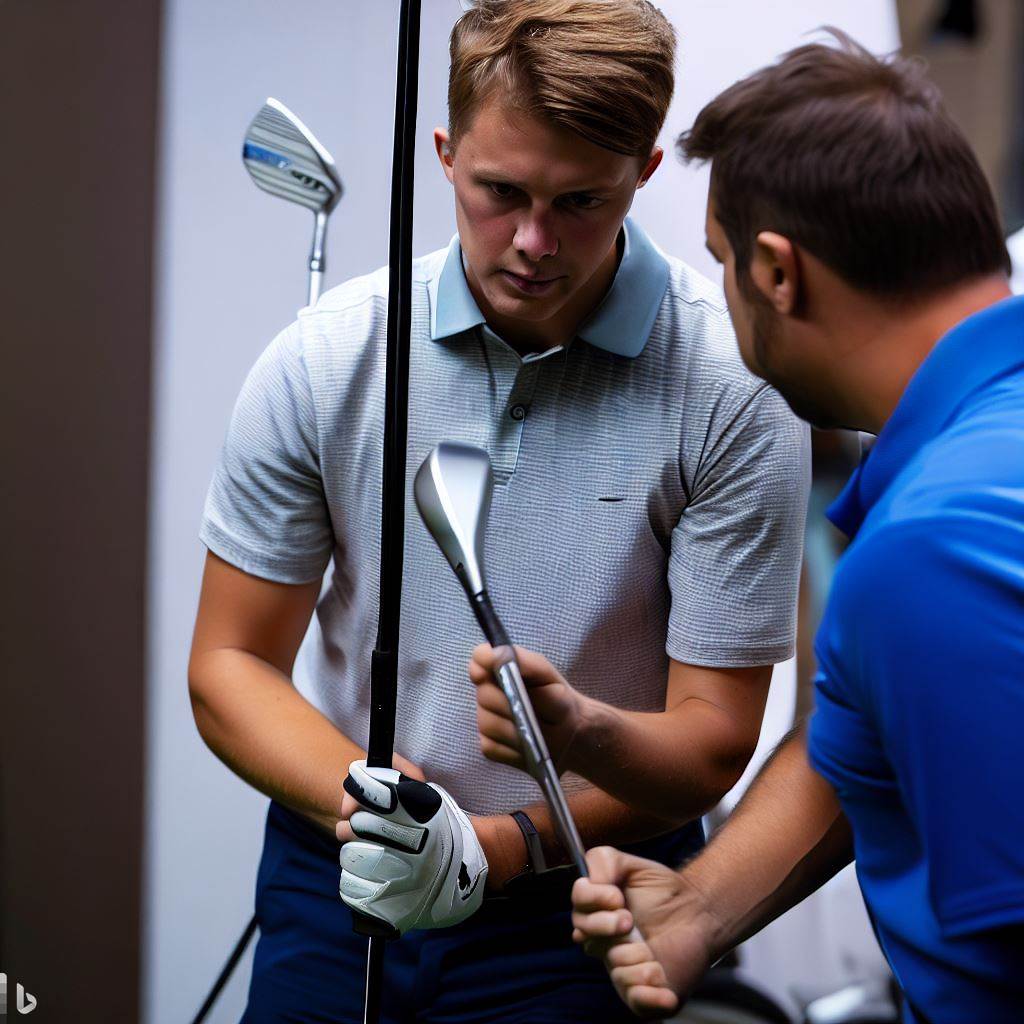
Initial Assessment and Interview.
The first step in the golf club fitting process is an initial assessment and interview with a professional club fitter.
During this phase, the fitter will gather information about your golfing experience, playing goals, and any specific issues or concerns you may have. This helps them gain a better understanding of your game and tailor the fitting process accordingly.
Physical Evaluation and Measurements.
Following the interview, the club fitter will conduct a physical evaluation to assess your body measurements, flexibility, and swing characteristics.
Measurements such as height, arm length, hand size, and wrist-to-floor distance are taken into account to determine the appropriate club specifications for your physique.
Swing Analysis and Data Collection.
Next, a swing analysis is performed using advanced technology such as launch monitors and high-speed cameras.
This analysis captures vital data, including clubhead speed, ball spin rate, launch angle, and swing path. This data provides valuable insights into your swing dynamics and aids in making informed decisions about club adjustments.
Club Recommendations and Adjustments.
The club fitter will make personalized recommendations on club specifications and adjustments based on the information gathered during the assessment and swing analysis.
These may include alterations to the club head, shaft length, flex, and grip size. By customizing your clubs to suit your swing, the fitter aims to optimize performance and consistency.
The Benefits of Golf Club Fitting.
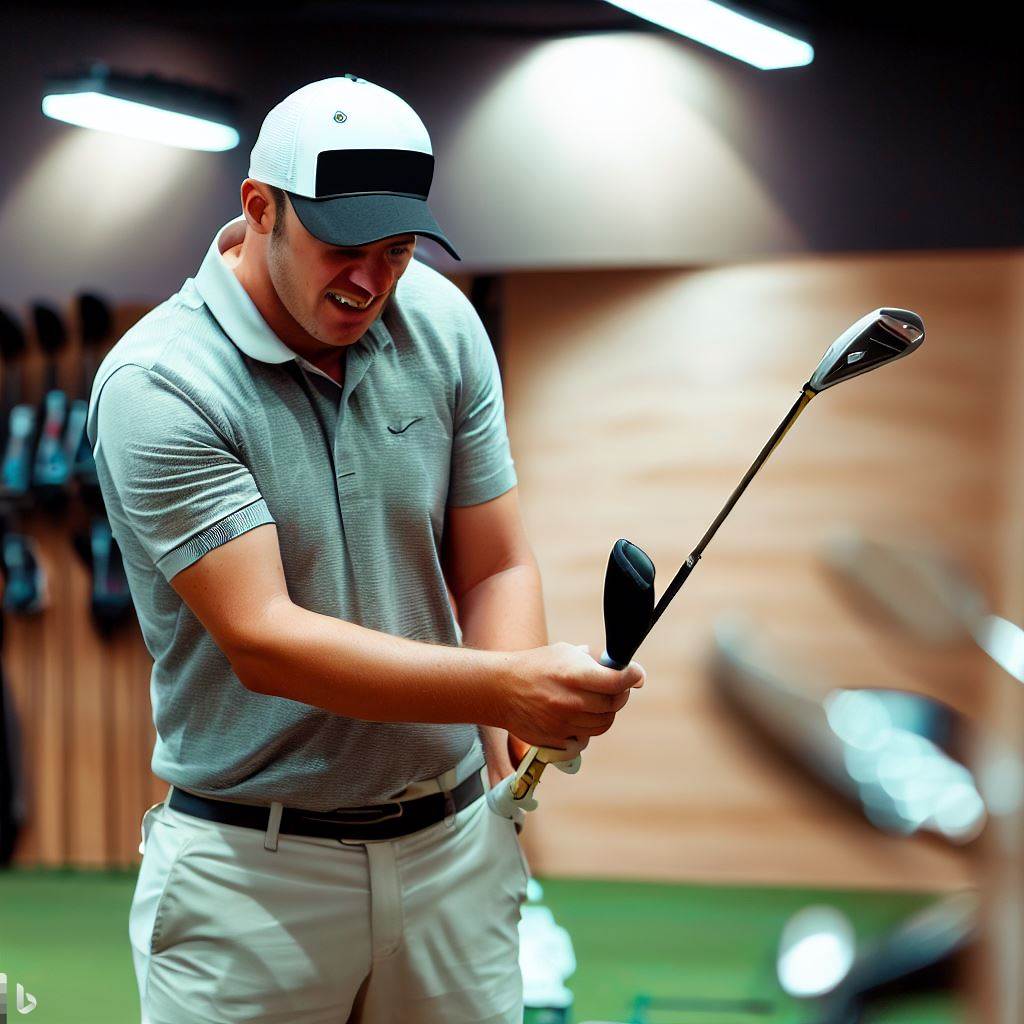
Enhanced Accuracy and Consistency.
Properly fitted clubs can significantly improve your accuracy and consistency on the golf course. When your clubs are tailored to match your swing characteristics, you can achieve a more consistent ball flight and better-shot dispersion.
The right club length, lie angle, and shaft flex can help you square the clubface at impact, reducing the chances of slicing or hooking the ball. This increased accuracy can lead to lower scores and more enjoyable rounds of golf.
Increased Distance and Power.
Getting fitted for golf clubs can also unlock hidden distance and power in your swing. When your clubs are properly matched to your swing speed and tempo, you can generate maximum clubhead speed and transfer more energy to the ball.
A club with the correct loft and shaft flex can optimize launch conditions, resulting in longer drives and increased distance with each club in your bag.
Improved Comfort and Feel
Comfort and feel are vital aspects of playing golf, and getting fitted can enhance these elements.
Clubs that are too long or too short can cause discomfort and affect your swing mechanics. By customizing the club length, grip size, and shaft flex to suit your body and preferences, you can experience improved comfort and better control over your shots.
When your clubs feel right in your hands, it boosts your confidence and allows you to focus on your game.
Enhanced Shot Shape and Trajectory Control.
Golf club fitting can also help you shape your shots and control the trajectory of the ball. Adjustments such as lie angle and shaft stiffness can influence shot shape, allowing you to draw or fade the ball as needed.
With properly fitted clubs, you can hit controlled high or low shots with greater ease, enabling you to navigate various course conditions and improve your overall shot-making abilities.
Minimized Risk of Injury.
Using ill-fitted clubs can put unnecessary strain on your body and increase the risk of injury. Clubs that are too heavy or too light can lead to swing compensations, causing stress on your muscles and joints.
By getting fitted for golf clubs, you ensure that the equipment you use is suitable for your physique and swing mechanics, reducing the likelihood of developing golf-related injuries.
Frequently Asked Questions (FAQs)
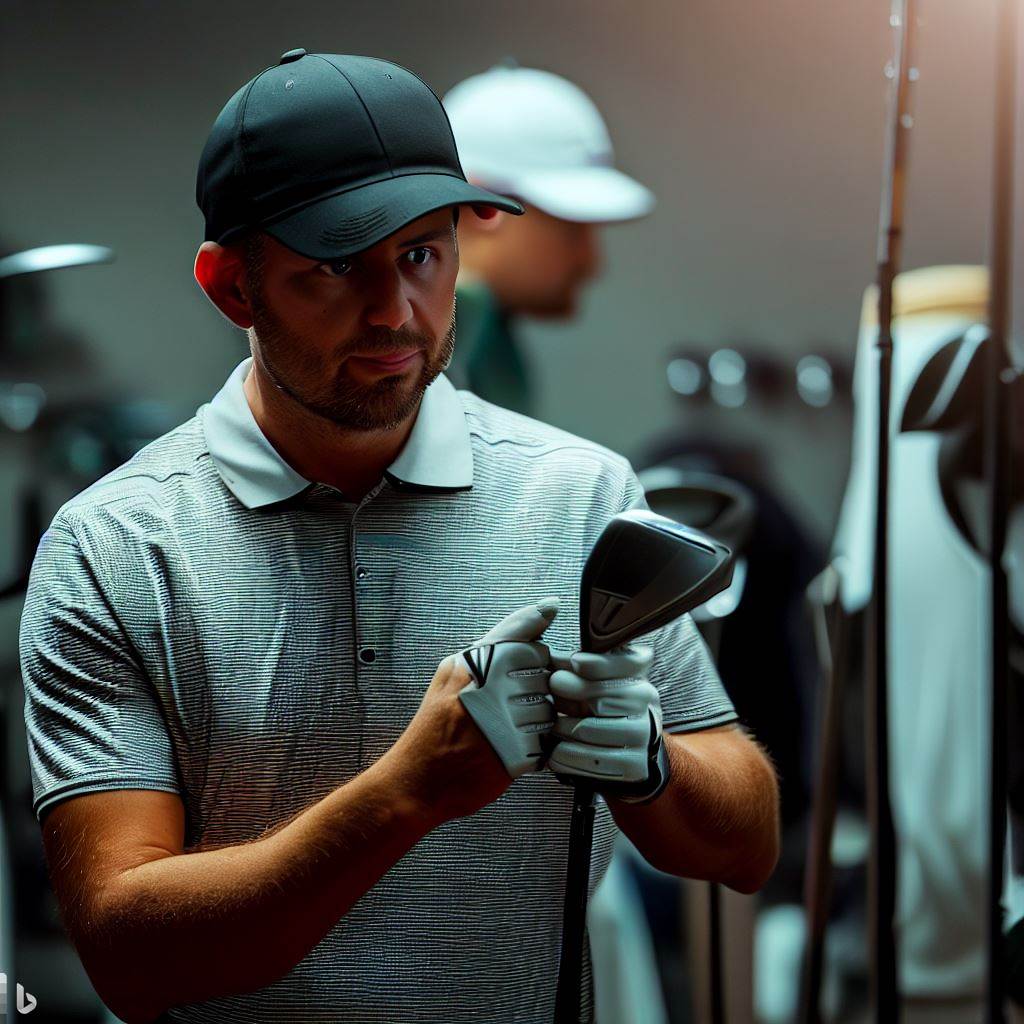
Why is golf club fitting important?
Golf club fitting is essential because it ensures that your clubs are customized to your unique swing characteristics, body measurements, and playing style. This optimization leads to improved performance, accuracy, and comfort on the course.
Who should consider getting fitted for golf clubs?
Anyone who plays golf, regardless of skill level, can benefit from getting fitted for golf clubs. Whether you are a beginner or a seasoned golfer, having clubs that are tailored to your individual needs can enhance your game and enjoyment of the sport.
How often should I get fitted for golf clubs?
It is recommended to get fitted for golf clubs whenever there are significant changes in your swing, body measurements, or playing goals. For most golfers, a club fitting every few years is sufficient.
However, if you experience changes in your physical condition or make significant swing changes, it’s advisable to schedule a fitting session to ensure your clubs continue to suit your game.
Can I get fitted for golf clubs online?
While online club fitting options exist, it is generally recommended to undergo an in-person fitting session with a professional club fitter.
In-person fittings allow for a more accurate assessment of your swing and physical characteristics, ensuring more precise customization of your clubs.
How long does a golf club fitting session take?
The duration of a golf club fitting session can vary depending on several factors, including the complexity of your needs and the thoroughness of the fitting process. On average, a fitting session can take anywhere from one to three hours.
It’s important to allocate sufficient time to ensure a comprehensive evaluation and proper club recommendations.
Does golf club fitting guarantee better performance?
While golf club fitting does not guarantee immediate improvement in performance, it significantly increases the likelihood of enhancing your game.
By having clubs that are properly fitted to your swing, body, and preferences, you are setting yourself up for success on the course.
However, it’s important to remember that consistent practice and honing your skills are also crucial for overall improvement in golf.

Conclusion.
In conclusion, getting fitted in golf means customizing your clubs to match your unique swing characteristics, body measurements, and playing style.
It is a comprehensive process that involves assessments, measurements, swing analysis, and personalized recommendations.
The benefits of golf club fitting are numerous, including enhanced accuracy, increased distance and power, improved comfort and feel, better shot shape and trajectory control, and minimized risk of injury.
By investing in proper fitting, you can optimize your performance, maximize your potential, and enjoy a more rewarding golfing experience.
So, if you’re serious about improving your game and taking your golfing skills to the next level, consider getting fitted for golf clubs.
Consult with a professional club fitter who can guide you through the process and help you find the perfect equipment for your game.
Remember, golf club fitting is not just for professionals; it is beneficial for golfers of all levels. Give yourself the advantage you deserve and unlock your true potential on the golf course.

